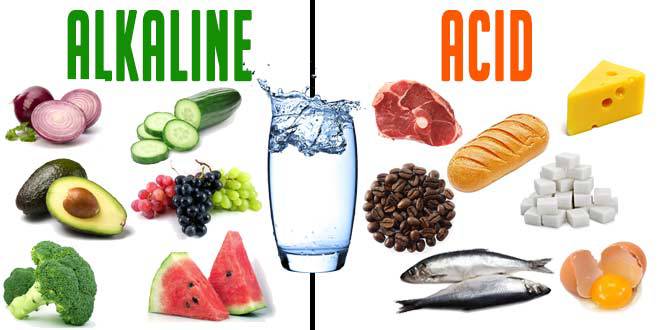
The acidity of food is generally expressed in terms of pH value and it has great influence on distribution of microorganism. Lower the pH, greater the ease of processing or sterilization. On the basis of acidity, food can be classified as follows, 1. Low acid food: pH 5. 0 and higher. This class include peas, beans, corn, asparagus, meat, fish, poultry, dairy product and most of vegetables. These are subjected to spoilage by all group of thermophilic and mesophilic microorganism including botulinum. Food belonging to this category are also regarded as non-acid food.
2. Medium acid food: pH 5.0 – 4.5. Spaghetti, soup and sauces, some vegetables and other partly acid product come under this category. These are also subjected to spoilage by thermophilic and mesoplilic anaerobes (not producing H2S) which may cause flat sour spoilage of food.
3. Acid food: pH: 4.7 – 3.7. This group includes some vegetables like tomatoes, peas, pineapple and other fruits. These foods are subjected to spoilage by non-spore forming microorganism.
4. Highly acid food: pH 3.7 and below. This group includes sauerkraut, pickles, jam jellies etc.
Magic pH: The lower limit of growth of important poisoning microorganism, Clostridium botulism is 4.5. Hence pH below 4.5, it is accepted that no bacterial growth takes place and even if present, do not harm. Thus the pH 4.5 is also called as ‘magic pH’.
The sterilization of canned food aims destruction of spores of Clostridium botulinum which are capable of producing toxin called ‘botulinum’ in low acid food. All food capable of sustaining the growth of this organism are processed on the assumption that the organism is present and must be destroyed. The food materials having pH greater than 4.5 are processed under steam pressure while those food having pH below 4.5 are processed at boiling water temperature.
While processing low acid food, target microorganism for destruction is Clostridium botulinum because of the following reasons
1. It is most heat resistant pathogen
2. It is widely found in nature, mainly in soils
3. Clostridium botulinum is anaerobic and the environment present inside the hermetic container is also anaerobic which is favorable for growth of microorganism.
About Author
Name : Pratiksha Shrestha
pratiksha.shrestha2001@gmail.com
Ms. Shrestha holds masters degree in food engineering and bioprocess technology from Asian Institute of Technology (AIT) Thailand. She is currently working for Government of Nepal at Department of Food Technology and Quality Control (DFTQC), Kathmandu. She is also a teaching faculty in College of Applied food and Dairy Technology (CAFODAT) affiliated to Purbanchal university, Nepal.
